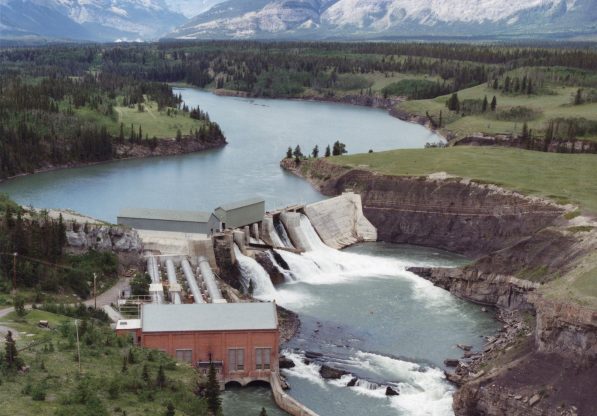
Horseshoe
Built in 1911, the Horseshoe Plant was TransAlta’s first power plant. It is one of four hydro plants on the Bow Mainstream System in Alberta, which is part of the Bow River Electric System.
The Horseshoe Plant is a run-of-the-river plant. That means it uses river water as it flows, with no reservoir for storage.
The Horseshoe plant generates an average of 84,000 megawatt hours each year.
Named after the Horseshoe Falls, the plant is located next to the Stoney Reserve. The Horseshoe Plant represents the beginning of TransAlta’s longstanding relationship with the Stoney people.
TransAlta’s hydroelectric plants primarily provide electricity during periods of peak electrical demand and ensure system stability. Their operating flexibility means they can start quickly to introduce hydro power within minutes, balancing out shortages due to unexpected outages, or providing power at times of high demand.
Environmental Highlights
Protection of the environment is an important part of our hydro power business, as is responsible water use. We continually work with environmental and community groups to ensure habitats are protected, and that all users needs are heard.




